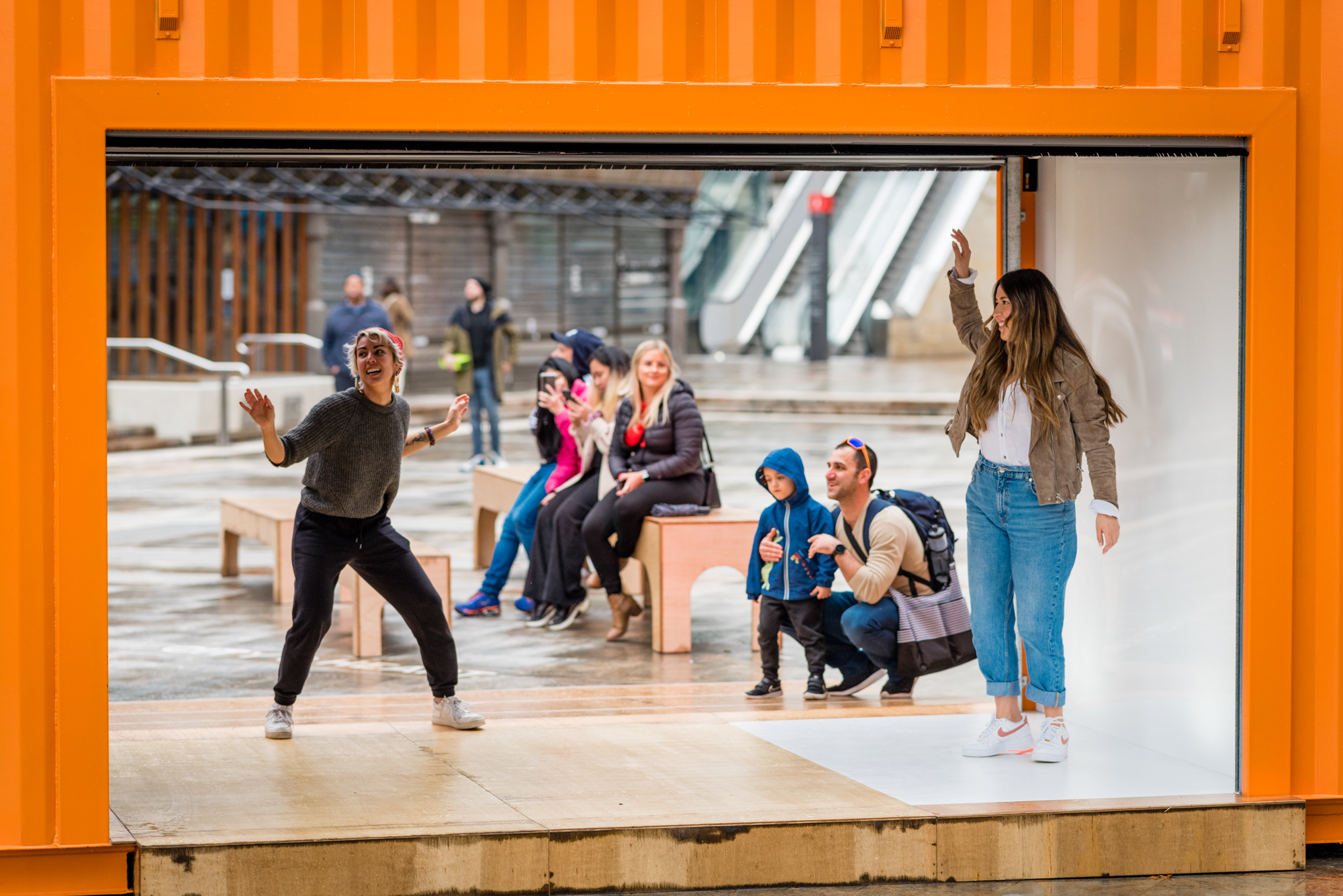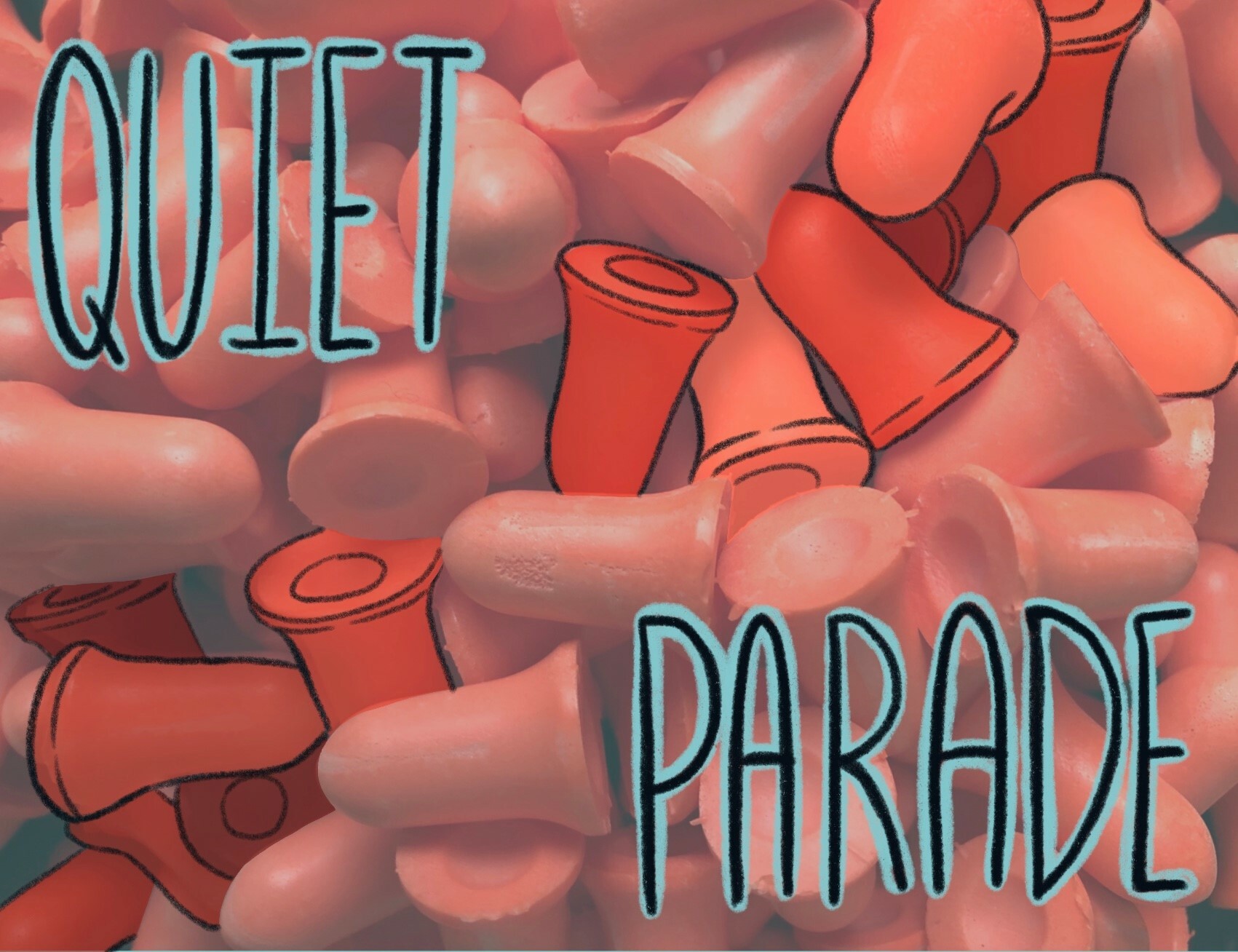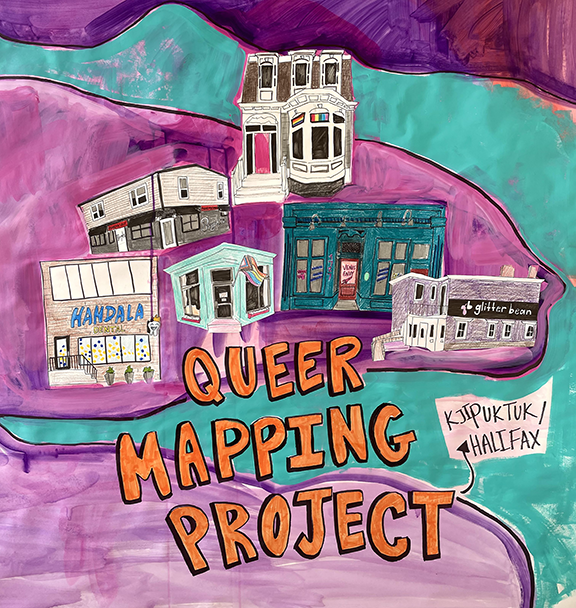5 Accessible projects to check out at Nocturne!
Nocturne 2022 will host over 60 projects created by over 100 artists and will be experienced by over 60,000 of our friends! The accessibility of Nocturne for all who attend is important to us, and ensuring that all of the projects that take part in the festival are free, but also in consideration of the different ways that folks with diverse abilities experience the festival. For instance, by including translation (ASL or into different languages), wheelchair accessibility, and closed caption videos. Alternatively, projects may also thematically address accessibility, welcoming, and safe spaces for everyone.
With support from our accessibility partners at Emera, we’ve rounded up some different resources that help to highlight why accessibility in the arts is important and some accessible projects at Nocturne this year that you can check out!
1. Nocturne Halifax 2022: Access & Artist Care in the Arts, hosted by Lux Gow-Habrich & Del Ruhdorfer
Hosted by Lux Gow-Habrich and Del Ruhdorfer, this session explores tangible access strategies for this year’s Nocturne festival such as content warnings, ASL interpretation for performances, visual description of the work, signage, and closed captions on video works. In addition, this session explores communication as the first access point (specifics matter), ways of imagining hybrid programming for accessibility, the aesthetics of access: creative solutions for access, and politics of (in)visibilities.
2. We Can Dance

We Can Dance is a large-scale collective choreographic exercise inviting the public to take over the streets through dance. Following each other in a vast imitation game, participants become giant dancers parading along building facades or giant screens. A shipping container is transformed into a recording studio. A first participant follows an original choreography, a second follows that first participant’s imitation of the choreography, and so on. The dances are projected in a sequence on a nearby building facade. Seats are provided for everybody to enjoy the mesmerizing show.
This work is wheelchair accessible, family-friendly, and has various ways to engage either by interacting through dance directly or as a viewer. We Can Dance is also going to be open from October 15 until November 15, 2022, so there’s lots of time to check it out and play!
3. Quiet Parade

Organized by Aislinn Thomas, in collaboration with MSVU Art Gallery and with support from Eyelevel, Quiet Parade is a low-stimulation celebration. This project seeks to embody a quiet that interrupts the noise of the city, experimenting with new ways of collectively creating and sharing space.
As its name suggests, Quiet Parade will be a parade but also a platform to experience a vibrant, extravagant, sensory-friendly event that embraces access as a shared and interdependent practice.

Infinite Exchange was created by Lou Campbell for Nocturne 2022. An interactive transcript is available for deaf or hard of hearing audiences that would like to experience the piece on location in a different way, by following an instructional guide.
Listen: Infinite Exchange SoundCloud
Read: Google Doc transcript
Infinite Exchange is a sound installation that imagines “Time” as a voice that can converse with participants. The piece provokes participants to reflect on the collective task of building the future.

City infrastructures and business can be inherently gendered and biased in the ways they operate, but they also have the potential to create a magical safe-haven when approached with care and intentionality.
The purpose of this project is to spark conversation around queer spaces within the community and to dream of Kjipuktuk/Halifax as a queer city.
The Queer Mapping Project is a collaborative, large-scale map of queer spaces in Kjipuktuk/Halifax. Community members can add their own drawings to the map to highlight queer spaces that currently exist or should exist within the city.
This Queer Mapping Project will act as a collective mapping/brainstorming activity in which viewers/participants can walk up to a long roll hanging on the wall, and use drawing tools such as markers and pencils to draw their responses to the following questions:
What queer spaces and/or businesses exist in Kjipuktuk/Halifax, and how do they create inclusive experiences for queer folks?
What queer spaces would you like to see in Kjipuktuk/Halifax?

Thank you to Emera, Nocturne's Accessibility Partner for their generous support.

